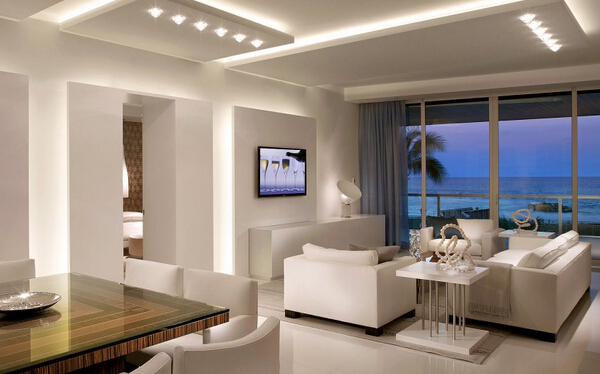Response to LED Street Lighting Concerns
BACKGROUND
In June 2016, the American Medical Association (AMA) adopted guidance on high intensity street lights, specifically focusing on LEDs and blue light technology.
Bridgelux is excited to see ongoing research around LED lighting technology, and supports ongoing dialogue around new findings. We monitor the latest studies and announcements, and continuously strive to build technology that will be safe and effective for all users worldwide.
This recent LED discussion is reminiscent of the great egg debate, the great avocado debate, the cell phone debate or more recently, the great flossing debate! One day we hear these items are beneficial for us, the next we hear they are harmful or unnecessary. With information shared so quickly in this day and age, how is the end consumer supposed to decipher the accuracy of the compelling information they read and hear on the news?
LET’S BREAK IT DOWN
Based on reports from the Lighting Research Center and the U.S. Department of Energy, Bridgelux believes there may not enough data at this time to fully substantiate some claims made about the potential hazard of blue lights in different applications.
According to the U.S. Department of Energy, “While the AMA's guidance is intended to reduce the harmful human and environmental effects of street lighting in general, it focuses on LEDs in particular. But it's important to note that these issues are neither new nor restricted to LED technology…. there's nothing inherently different about the blue light emitted by LEDs; that is, at the same power and wavelength, electromagnetic energy is the same, regardless of source type.”
To that end, we believe that when studying the effects of lighting, a detailed comparison between the blue light exposure from streetlights and blue light exposure from other applications or sources such as backlit televisions, screens, tablets, and other items commonly found in many households needs to be made. Furthermore, alternative lighting solutions (e.g. kerosene) and their impact on the environment or a person’s health need to be integrated into the research.
It is well known that fixture quality and formation, including potentially improper use of optics and reflectors, and not merely the strength of the LED array package itself, affect how someone may perceive light. Any perceived discomfort from a light source is dictated by the area and brightness of the light source, and the design of the optic. Perceived discomfort will vary due to design. It would be interesting to determine whether studies have been made looking at the before and after effects of street lighting when the optics are enhanced.
THE GOOD NEWS
The entire LED lighting industry has a broad selection of color point choices and related optics available for exterior lighting, including street lights, exterior building lights, and pathway lights. With these choices, installers have the flexibility to determine the best color point for their project based on environmental requirements and personal taste. You do not necessarily need to make that big jump from 5000K to 3000K right away.
As more is learned from the behavioral, medical and environmental sciences together, the more LED technology can be tuned to the appropriate color points and spectrums beneficial to everyone.
I’M STILL CONCERNED. WHAT SHOULD I DO?
Bridgelux encourages customers with questions to review the detailed response from the Lighting Research Center and the U.S. Department of Energy.
And please keep in mind the perspective from the U.S. Department of Energy:
“Some media coverage of concerns about blue light, light at night, and dark-sky issues can give the impression that LEDs are the enemy, when in fact they're a critical part of the solution, which the AMA acknowledges…More than any other technology, LEDs offer the capability to provide, for each application, the right amount of light, with the right spectrum, where you need it, when you need it.”
We can all work together to study and educate each other on lighting and its impact on humanity and our environment.
Bridgelux Contributors:


